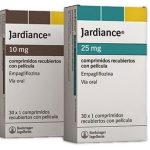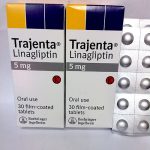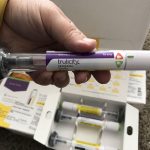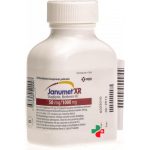Is There A Cheaper Alternative To Farxiga?
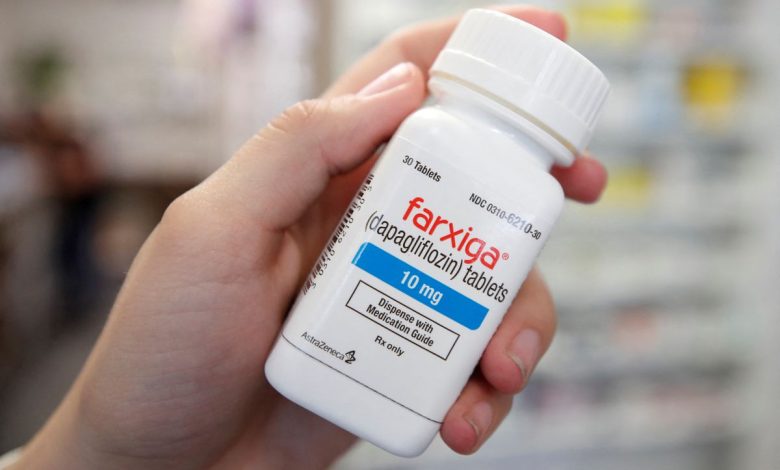
Type 2 diabetes is a chronic condition that affects millions of people worldwide. The cost of treating type 2 diabetes can be a significant financial burden for patients, particularly in countries without universal healthcare coverage. The cost of treatment can vary depending on several factors, including the severity of the condition, the type of treatment prescribed, and the availability of affordable healthcare.
For many people with type 2 diabetes, medication is a necessary part of their treatment plan. The cost of diabetes medication can be high, particularly for newer medications and those without generic equivalents. In addition, some people with type 2 diabetes may need to take multiple medications, which can further increase the cost of treatment. The cost of testing supplies, such as glucose meters and test strips, can also add up over time. In this article, we shall be taking a closer look at the cost of treatment with Farxiga and available alternatives.
What is Farxiga?
Farxiga is the brand name for dapagliflozin, a medication used to treat type 2 diabetes. It works by blocking the reabsorption of glucose by the kidneys, which results in more glucose being excreted in the urine. This can help to lower blood sugar levels in people with type 2 diabetes.
Farxiga is taken orally in tablet form, typically once a day in the morning. The dosage may vary depending on individual patient factors such as age, weight, and other medications being taken.
One of the benefits of Farxiga is that it is not associated with hypoglycemia (low blood sugar) in the same way that other diabetes medications such as insulin and sulfonylureas can be. This makes it a good option for people who are at risk of hypoglycemia, such as those with irregular eating patterns or those who are physically active.
In addition to its blood sugar-lowering effects, Farxiga may also have other benefits for people with type 2 diabetes. It has been shown to help lower blood pressure and may reduce the risk of cardiovascular events such as heart attacks and strokes.
Like all medications, Farxiga can cause side effects. Some common side effects of Farxiga include urinary tract infections, genital yeast infections, and increased urination. Less common but more serious side effects may include dehydration, kidney problems, and ketoacidosis (a serious condition in which the body produces high levels of ketones, which can lead to coma or death).
How Much Farxiga Cost?
The cost of Farxiga (dapagliflozin) can vary depending on several factors, including the dosage, the pharmacy you visit, and your insurance coverage. Without insurance, the average cost of Farxiga can range from $500 to $700 for a 30-day supply of the medication. However, some pharmacies and drug discount programs may offer lower prices. It’s always a good idea to check with your insurance company or pharmacy to find out the cost of Farxiga and whether there are any available discounts or coupons. In addition, the manufacturer of Farxiga may offer patient assistance programs to help eligible patients afford the medication.
Why is Farxiga Expensive?
Farxiga is a relatively new medication that was approved by the FDA in 2014. As a newer medication, it may still be protected by patents, which prevent generic versions from being produced and sold. This exclusivity allows the manufacturer of Farxiga to set the price at a higher level, as there is no competition from generic versions. Once the patent protection expires, other companies can begin to produce and sell generic versions of the medication, which can significantly reduce the cost.
In addition to research and development costs and patent protection, other factors can also contribute to the high cost of Farxiga. For example, the manufacturer may invest in marketing and advertising campaigns to promote the medication to healthcare providers and patients. These costs can also be passed on to consumers in the form of higher prices. Finally, the cost of production and distribution can also be a factor in the pricing of Farxiga. The manufacturing process may involve complex and expensive equipment, and the medication may need to be transported and stored under specific conditions to maintain its efficacy and safety. All of these factors can contribute to the higher cost of Farxiga.
Is There A Cheaper Alternative To Farxiga?
Yes, there are several cheaper alternatives to Farxiga (dapagliflozin) available. Farxiga belongs to a class of medications called SGLT2 inhibitors, and there are several other medications in this class that work in a similar way to Farxiga to help control blood sugar levels in people with type 2 diabetes. Some examples of SGLT2 inhibitors that may be cheaper than Farxiga include:
• Canagliflozin (Invokana): This medication is also an SGLT2 inhibitor and works by preventing the kidneys from reabsorbing glucose. It is available as a generic medication, which can significantly reduce the cost compared to the brand-name Farxiga.
• Empagliflozin (Jardiance): This medication is another SGLT2 inhibitor and works by blocking the reabsorption of glucose by the kidneys. It may be slightly more expensive than canagliflozin, but it is still generally cheaper than Farxiga.
• Ertugliflozin (Steglatro): This medication is also an SGLT2 inhibitor and works by blocking glucose reabsorption in the kidneys. It is available as a generic medication, which can make it a more cost-effective option compared to the brand-name Farxiga.
It’s important to note that while these medications are similar, they may have slightly different dosing, side effects, and interactions with other medications. It’s always a good idea to talk to your doctor or pharmacist to find out which medication is best for you based on your individual medical history and current medications. Additionally, your insurance coverage may also affect the cost of these medications, so it’s a good idea to check with your insurance company to see which medications are covered and at what cost.
What Are The Available Discount Programs For Farxiga?
There are several discount programs available that may help reduce the cost of Farxiga (dapagliflozin). Some examples include:
1. Farxiga Savings Card: The manufacturer of Farxiga offers a savings card that may allow eligible patients to pay as little as $0 for their medication. The card can be used at participating pharmacies and is available to patients with commercial insurance who meet certain eligibility criteria.
2. Patient Assistance Programs: The manufacturer of Farxiga also offers a patient assistance program for eligible patients who are uninsured or have limited insurance coverage. The program provides free medication to eligible patients who meet certain income and eligibility criteria.
3. Prescription Assistance Programs: There are also several prescription assistance programs that may offer discounts on Farxiga and other medications. Some examples include RxAssist, NeedyMeds, and GoodRx.
4. Insurance Coverage: Finally, it’s important to check with your insurance company to see if Farxiga is covered under your plan and what the cost-sharing requirements are. Some insurance plans may offer lower copays or coinsurance for certain medications.
It’s always a good idea to talk to your doctor or pharmacist about the cost of Farxiga and whether any of these discount programs may be available to you. Additionally, it’s important to carefully review the eligibility criteria and terms and conditions of any discount program before enrolling.

